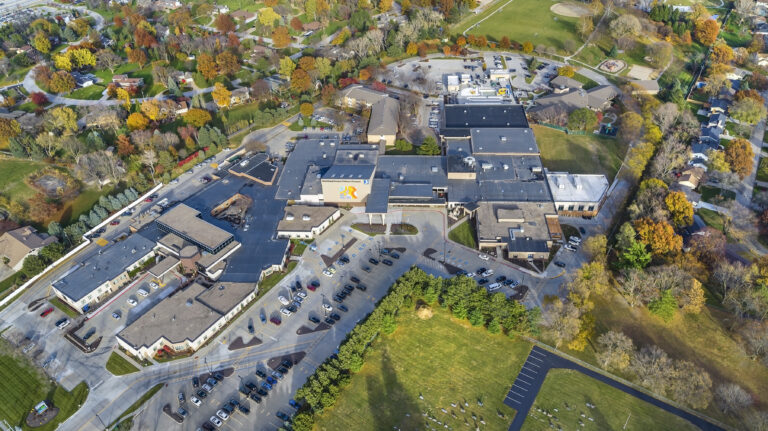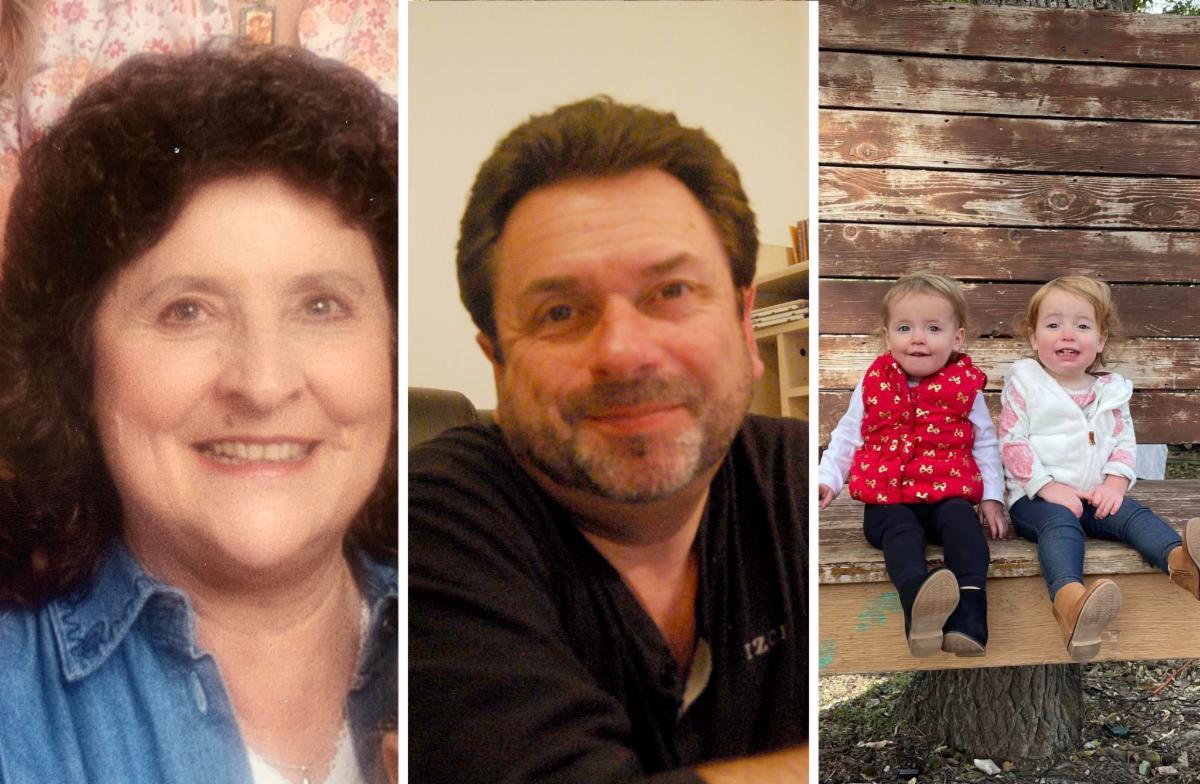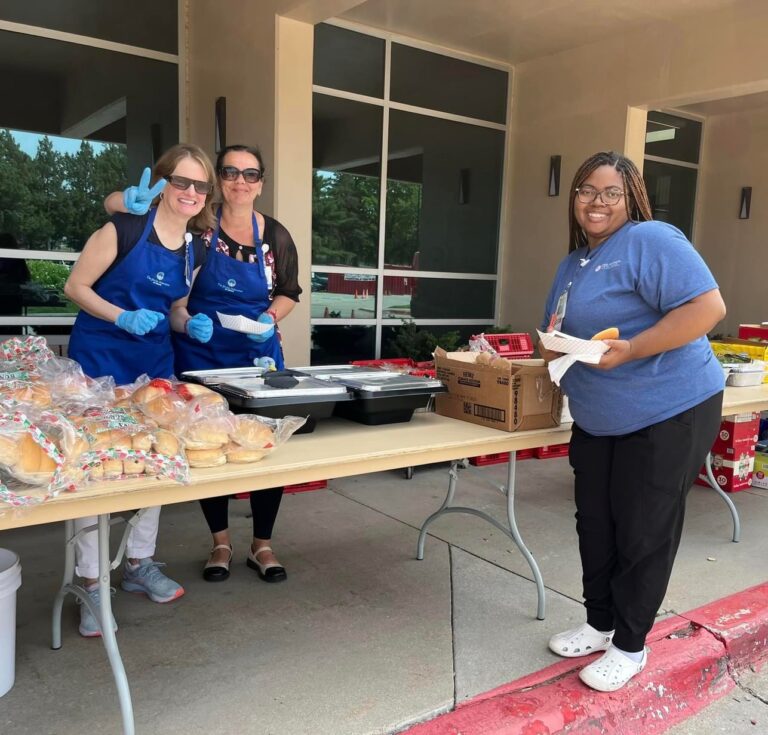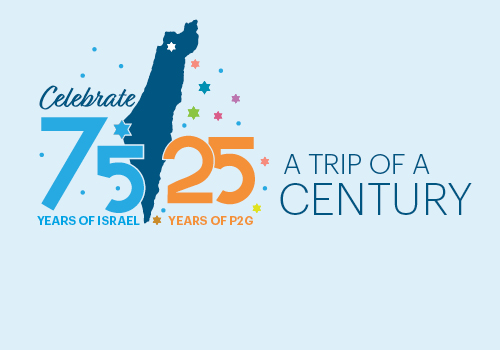
12/23/22
Update from Phil Malcom
What do we mean when we talk about legacy?
We use this word frequently, especially in nonprofits. It’s a quick way to grab at the heartstrings, a simple way to connect with people as they consider their mark on the world. In the Jewish community, we talk about l’dor v’dor (from generation to generation), and we ask people to consider—
How do you want to be remembered?
How will you pass on your traditions and beliefs to the next generation?
There’s a reason we keep coming back to these ideas: they resonate with people, and there is deep, universal truth in them, a collective longing from all of us to continue on in some capacity, to bring consistency and continuity to the world.
But there’s another side of legacy, one that I’ve been thinking on a lot recently: each legacy contains within it the seeds of growth and change. We think of our legacies as static, as deep, fixed impressions on the world that outlive us. But people change. The world evolves. Neuroscience tells us that even memories are elastic, slightly changing each time we access them. Nothing on Earth is permanent. And yet, every change begins with a seed. You can’t have evolution without the germination of an original idea or trait that grows in its environment and adapts to external forces. In this way, leaving a legacy isn’t about preserving some fixed point in time into the future or some idealized memory of yourself—it’s about allowing something new to grow from the seed you’ve left behind.
Our traditions are littered with examples of this. Abraham trusting G-d that his descendants would inherit a land beyond anything he could have hoped for. Moses getting right to the edge of the promised land before being told that someone else would lead the Israelites home. Even the Maccabees, when reclaiming Judah and restoring their people’s legacy, ultimately set the stage for their own people’s growth and change over time. In each instance, the idea of legacy was mixed with the idea of surprise, and the legacy grew to become something that each person never could have imagined.
I think of this often when I consider the incredible foresight of the people who went before us to establish what would later become the Jewish Federation of Omaha or to purchase the land on 132nd Street that we now call home. Could they have imagined how fantastic this community would become? Certainly it looks differently than many would have pictured, and yet that change—that growth—is what makes a community a living, beautiful thing. We’re also living out the legacy of those who began an ambitious project to purchase the lots just north of our campus approximately 20 years ago. I’m thrilled to announce that just last month we closed on the purchase of the final house on this parcel, and we have convened a committee to begin planning out the vision for our next phase of physical growth. What an exciting time to be involved at the JFO!
Of course, this is also presently on my mind as I think of the legacy of my own family. My father and grandmother recently passed away, and I find myself struck not just by the ways in which I remember them, but more importantly by the ways in which those characteristics have grown into new and unexpected things in my own life. I see these fleeting impressions of Dad and Grandma in my daughters—in Amelia’s smile and in Lily’s unique sense of humor—and for a moment I am brought back to my memories of them before being amazed at how that same DNA has turned into a new thing altogether. L’dor v’dor – we pass along our traditions and our truths and ourselves from generation to generation. In this way, we continue to grow, even after we are gone.
We leave a legacy through the things we’ve taught those younger than us and through the seeds we leave behind. But we also leave a legacy through each interaction we have with those around us every day. Each of these impressions carries with it the potential to contribute to the ongoing story of this community, growing and changing with each contribution.
Of course, this is the end of 2022, and it would be a shame for me to miss the opportunity to remind you of some practical ways you can leave a legacy to the Jewish community. Our development team has put together a very handy list of ways to maximize your end of year giving, and I’ve included them below. But whether your contribution is financial, relational, or anything else, you are part of creating this community, of writing a story that will outlive us all.
It is my sincere wish that during this Hanukkah season you each find yourself surrounded by light and transformed by the legacy of those who’ve gone before you and those who walk along with you.
Chag Sameach and Shabbat Shalom,
Phillip Malcom
JFO Interim CEO



